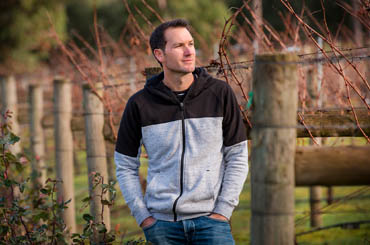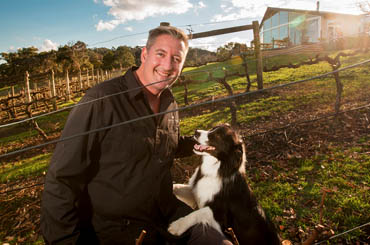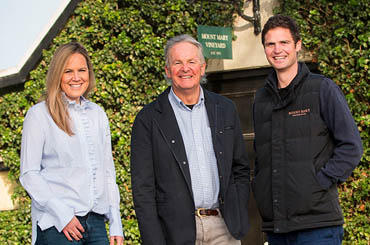I am far from convinced that I chose the right name for this award. It could have connotations of cheapness (measured by low price), whereas its primary reference point is quality. Then I get caught in an unending series of qualifications, probably needing a very clever algorithm to cut through and make the very complex seem simple. Since I have no idea how an algorithm is constructed or works, I’m not going there.
I taste and score each wine without regard to price, after which the computer steps in and assesses whether the wine’s score is within or above a predetermined price bar. If it is, it is given a red rosette signifying that it offers special value for money.
Simple? Too simple? Useful? Misleading? All of these and more. For many years I considered each wine at the time of tasting in the context of its seeming value, and either gave or withheld the value rosette using my increasingly fallible memory.
For all its faults, it had the potential to bring into play the historic record of success for each wine, the overall quality of the vintage and the degree of difficulty in making the wine. Some of those factors are within the control of the winemaker, others are not. On its face, style (and style preference) dwell on the fringe.
Taking real life examples, how do you compare tank-fermented riesling or semillon on the one hand with barrel-fermented chardonnay, or open-fermented pinot noir or shiraz, on the other hand? Or choose between classic and alternative varieties? Well, there are two answers.
First is the mathematical correlation between points and price on a grid system. This is done by computer, with no intervention by me. I only know the answer once the tasting notes plus points and prices go into the database.
Secondly, I either knowingly or subconsciously take into account some or all of the variables (but not the price) at the time I decide on the points. Thus, it’s highly improbable that a winery with only one or two varietal strings to its bow would win this award.
Jeffrey Grosset is unchallenged as Australia’s greatest maker of riesling, but he also makes sublime chardonnay and pinot noir from the Adelaide Hills, semillon sauvignon blanc from the Adelaide Hills and Clare Valley, and Gaia – his Bordeaux blend – from a high altitude vineyard in the Clare Valley. Nereus and Apiana, his vinous grandchildren, are unique blends, forging into unmapped territory.
Overall, Grosset is one of the top ten wineries in Australia, and there is no chance of it losing that status. And on a world scale, his wines are significantly underpriced.
I taste and score each wine without regard to price, after which the computer steps in and assesses whether the wine’s score is within or above a predetermined price bar. If it is, it is given a red rosette signifying that it offers special value for money.
Simple? Too simple? Useful? Misleading? All of these and more. For many years I considered each wine at the time of tasting in the context of its seeming value, and either gave or withheld the value rosette using my increasingly fallible memory.
For all its faults, it had the potential to bring into play the historic record of success for each wine, the overall quality of the vintage and the degree of difficulty in making the wine. Some of those factors are within the control of the winemaker, others are not. On its face, style (and style preference) dwell on the fringe.
Taking real life examples, how do you compare tank-fermented riesling or semillon on the one hand with barrel-fermented chardonnay, or open-fermented pinot noir or shiraz, on the other hand? Or choose between classic and alternative varieties? Well, there are two answers.
First is the mathematical correlation between points and price on a grid system. This is done by computer, with no intervention by me. I only know the answer once the tasting notes plus points and prices go into the database.
Secondly, I either knowingly or subconsciously take into account some or all of the variables (but not the price) at the time I decide on the points. Thus, it’s highly improbable that a winery with only one or two varietal strings to its bow would win this award.
Jeffrey Grosset is unchallenged as Australia’s greatest maker of riesling, but he also makes sublime chardonnay and pinot noir from the Adelaide Hills, semillon sauvignon blanc from the Adelaide Hills and Clare Valley, and Gaia – his Bordeaux blend – from a high altitude vineyard in the Clare Valley. Nereus and Apiana, his vinous grandchildren, are unique blends, forging into unmapped territory.
Overall, Grosset is one of the top ten wineries in Australia, and there is no chance of it losing that status. And on a world scale, his wines are significantly underpriced.







